MOTORING
VW streaks ahead of the pack with launch of powered-up Amarok and refreshed Kombi
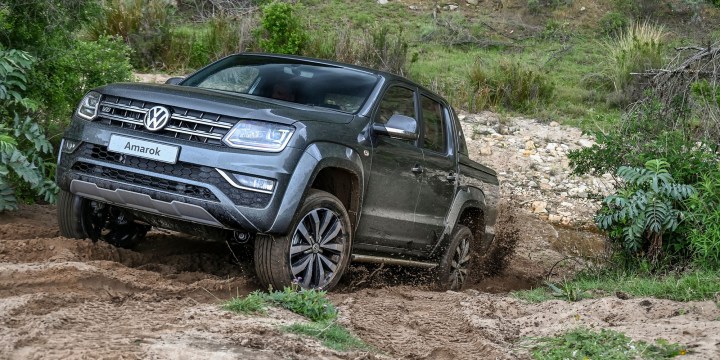
Volkswagen SA is working hard to stay on top of the sales charts as it launches the most powerful bakkie in the country along with the much-loved people’s van, the T6.1 Kombi.
In these tough times, it’s somewhat reassuring to see a motoring company have three vehicles among the five top-selling passenger cars in the country. That’s how February panned out for Volkswagen SA which was top of the charts with its bestselling Polo Vivo (2,543 units), followed by the Polo (1,402 units). The popular crossover T-Cross came in at number five (833 units), just behind the Suzuki Swift (945) and the Hyundai Venue (880).
According to the National Association of Automobile Manufacturers of South Africa, the overall passenger car race last month was won by Volkswagen, selling 6,329 vehicles and claiming a 24.5% market share.
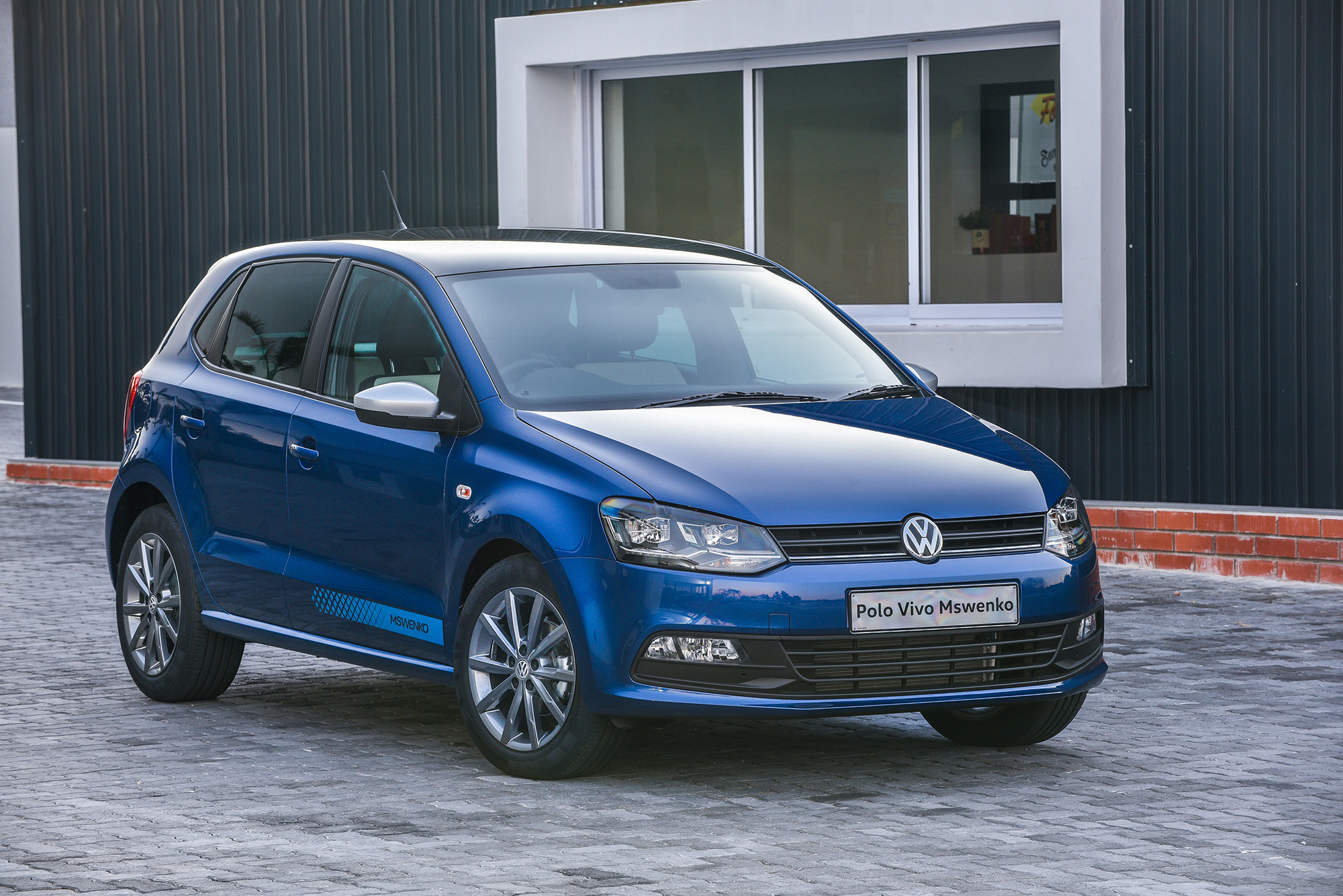
The top-selling car in South Africa, the Polo Vivo. (Photo: Supplied by VW)
I recently got to vicariously celebrate the company’s successes by embarking on two back-to-back VW weekend road trips. The first jaunt was to spend time in the newly powered-up Amarok, now regarded as the most powerful bakkie in South Africa.
I’ve always loved a good road trip where the unknown, open road beckons, forcing one to leave one’s worries and troubles behind. As I headed out along the West Coast in my commanding double cab – destination Paternoster – I had a gleeful recall of Bertha Benz (wife of Carl, inventor of the first patented car), who holds the mantle as the first person to take a long-distance road trip in a motor car. (Pity for this story that it wasn’t a VW, but at least there’s a good old German theme going here.)
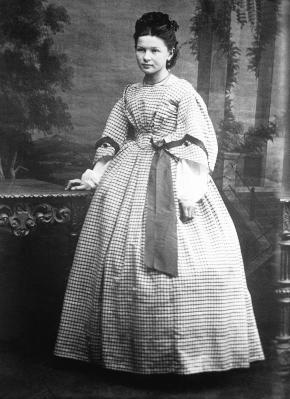
Bertha Benz aged 18. (Photo: Wikimedia)
According to legend, on 5 August 1888, at dawn, Bertha nicked a Model 111 while her hubby was still fast asleep and went for a 106km joy ride with her teenage sons, Richard and Eugen. She would later explain by saying she had needed to visit her old mother, but truth be told, Bertha wanted to do a bit of marketing as Carl was not the best PR guy. On her illicit road trip, she attracted much attention, catapulting the Benz Patent-Motorwagen into the world spotlight and subsequently getting the Benz company, which she co-owned with her husband, its first sales. In fact, it was Bertha’s sizeable dowry that paid for Carl’s rather large invention budget.
Amazingly, along this virgin road trip, which took more than 12 hours, Bertha demonstrated her significant technical prowess and did some serious problem solving such as finding a substance known as ligroin at an apothecary as the small 4.5-litre petrol tank soon ran empty. She cleaned a blocked fuel line with her hat pin, used her garter as insulation material and when the wooden brakes failed, she approached a cobbler to add some leather, thereby designing the world’s first brake lining. When she finally reached Pforzheim at dusk, she sent Carl a telegram and stayed on for a few days. Cool chick, was Bertha.
But I digress slightly. Let’s get back to VW’s Amarok.
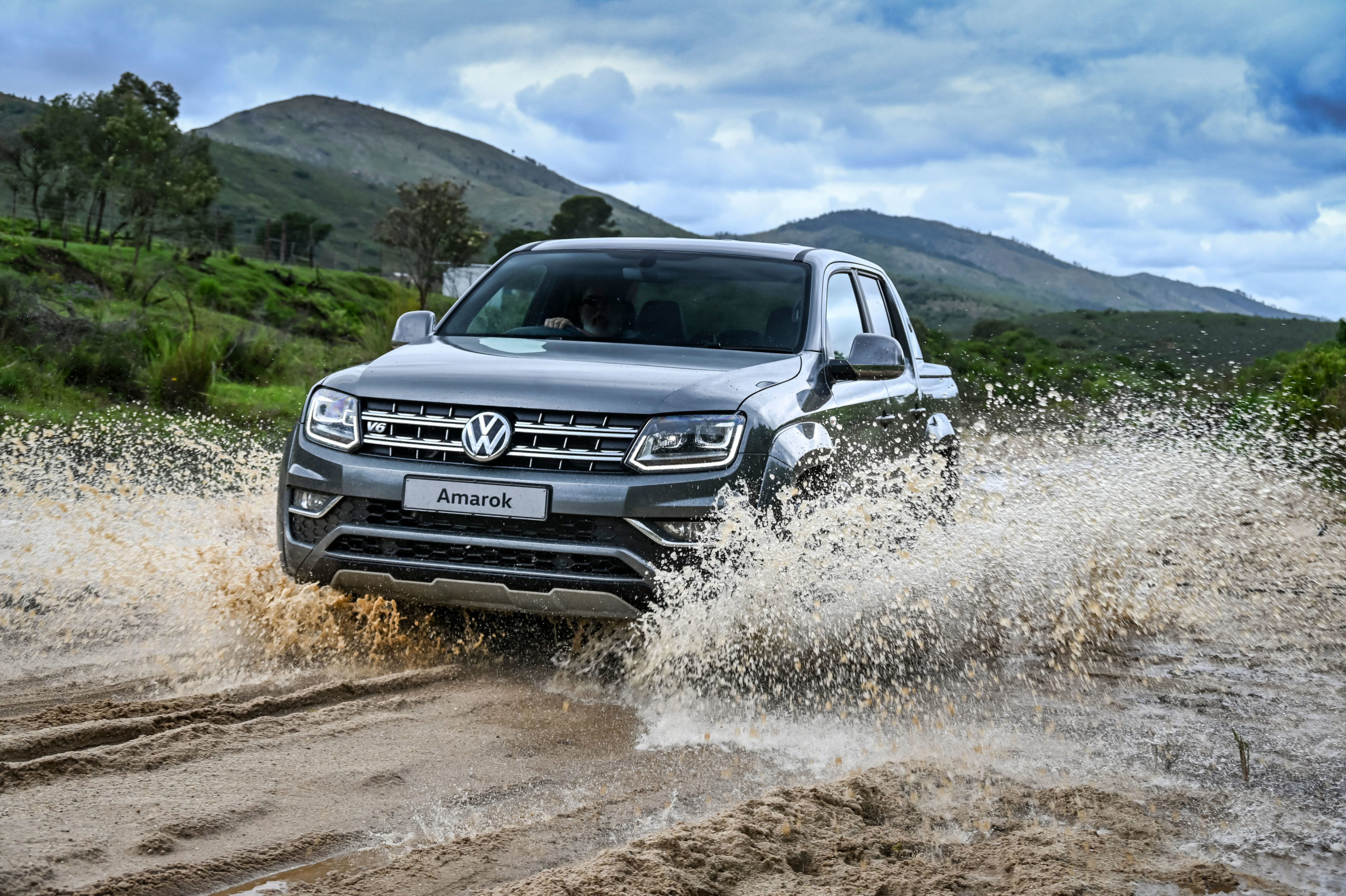
The 190kW Amarok. (Photo: Supplied by VW)
Although it was launched internationally in Oman back in 2018, the 3.0-litre V6 turbodiesel with a mighty 190kW and 550Nm of torque (25kW and 30Nm more than the outgoing version), underpinned by an eight-speed auto gearbox, only landed on our shores recently. And thanks to its inbuilt launch control system, the Amarok can now sprint 0-100km/h in just 7.6 seconds, stretching its maximum power output to 200kW for 10 heady seconds.
On tar where I was able to give it some stick, the Amarok sailed past everything in its path and was a beast on the overtake, supported by a delicious turbocharged growl. For a lot of the time I forgot I was in a bakkie – damn, it felt more like a GTI on steroids with a load bay attached. In Paternoster, I took my Amarok out for some early-morning dune driving. Underpinned by an all-wheel-drive system, its grip, power and suspension were gaspingly impressive. It’s a firm ride but never uncomfortable.
By the end of the weekend I had managed to get 10.8 l/100km compared with the claimed 9.5l/100km, but then I did go a bit batshit when the opportunity to test the full power of its 190kW arose.
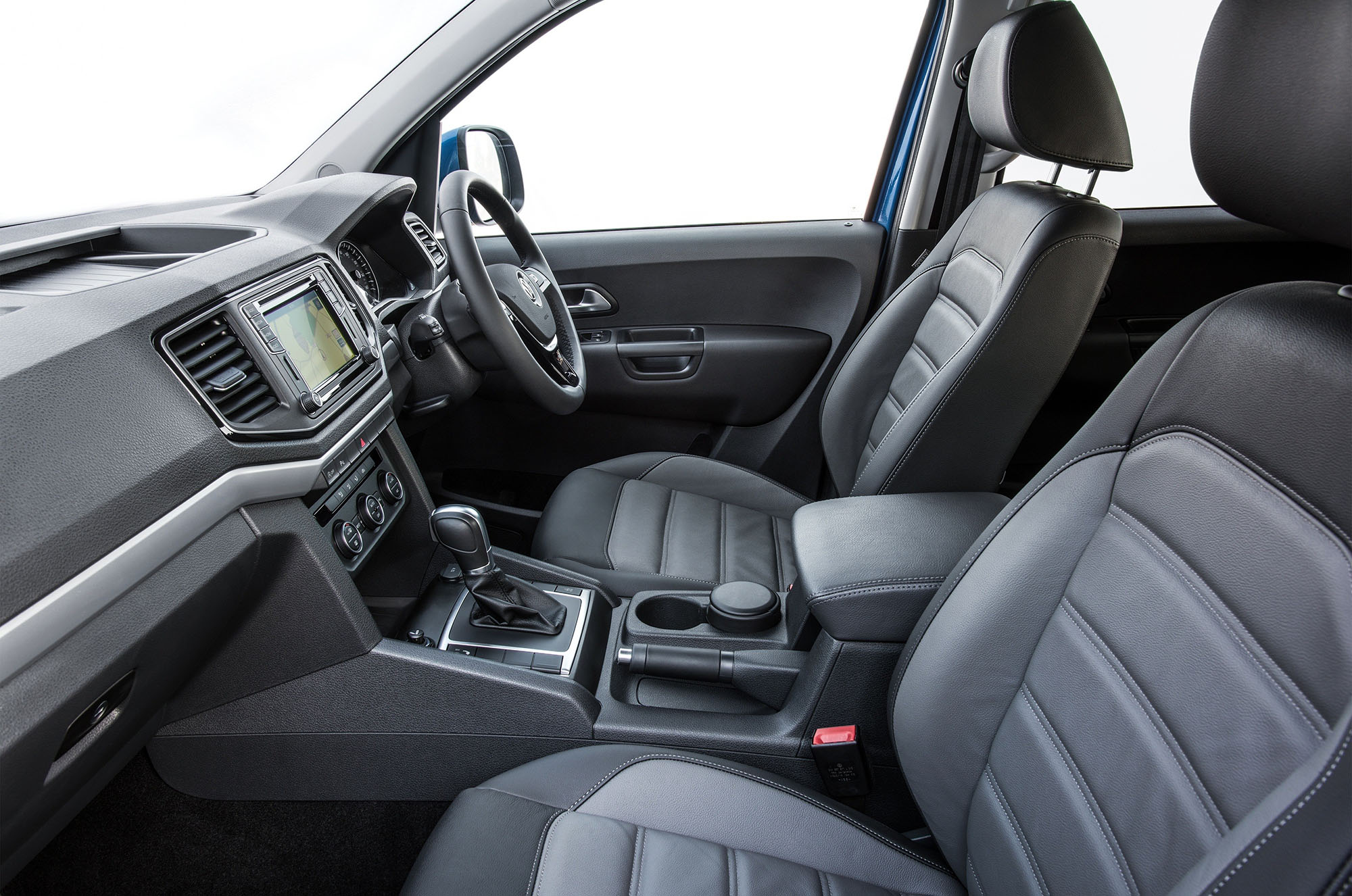
The interior of the Amarok. (Photo: Supplied by VW)
Inside, the Amarok is plush and premium. The front leather seats are electrically adjustable and bolstered to facilitate a super-comfy drive. If there’s anything to gripe about it’s the infotainment system and its 6.5-inch screen that looks a tad outdated compared with other recent VW products like the T-Roc. And being the showoff that I am, I would have preferred it if my Highline unit had been marked with some kind of logo to alert admiring road users that I was indeed ruling the road in the new up-powered 190kW derivative.
I haven’t driven the top-of-the-range, slightly pricier Extreme model (yet) with its 20-inch alloys, but I was impressed with my standard offerings in the Highline, which include heated leather seats, aircon, front and rear parking sensors and 18-inch alloys.
When we chat at launches almost all motoring media agree that the Amarok is the king of the double-cab bakkie kingdom in South Africa. However, since its local appearance in 2010, it’s nowhere near the top in terms of sales figures, compared with the market-leading Toyota Hilux and Ford Ranger, which have many more derivatives to choose from and regularly draw swords in The Game of Bakkies.
It’s clear to me that those who go for the Amarok badge are drawn to it for its combo of luxury, power and off-road prowess and don’t mind splurging close to a million on a double cab. But then the Amarok has never been some el-cheapo workhorse. It’s a compelling, powerful premium SUV with the added convenience of the largest and widest load bay in its class, attached to its lovely rear.
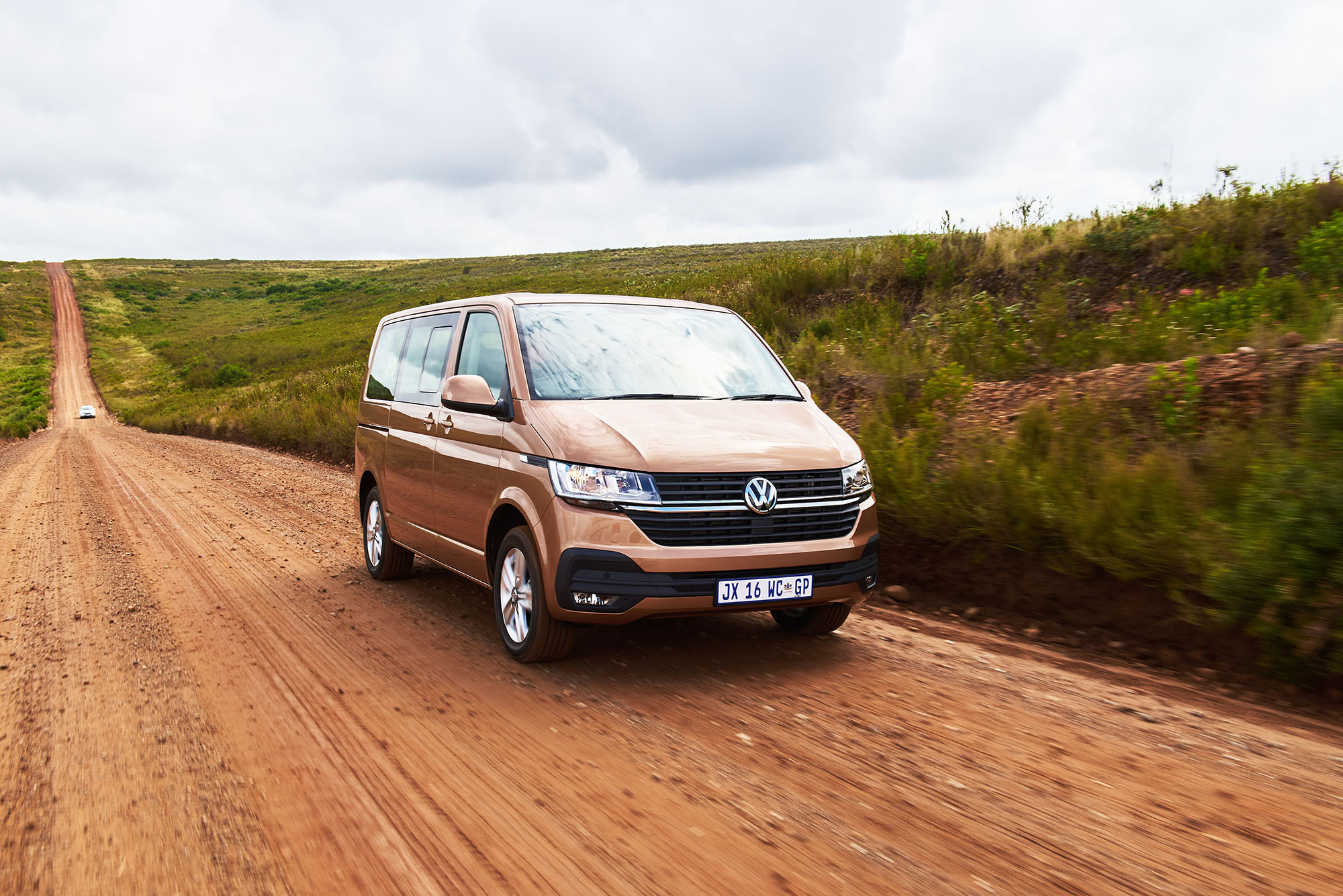
The refreshed T6.1 Kombi. (Photo: Mpumelelo Macu)
Seven days later I flew into Port Elizabeth to get behind the wheel of the refreshed VW T6.1 Kombi for a scenic Eastern Cape road trip in one of South Africa’s most beloved “people” vehicles.
The T6.1 range is part of a six-strong stable — the Single Cab, the Double Cab and the popular Panel Van (for commercial purposes) and the Crew Bus, the Kombi and the California which are popular as family and business vehicles.
The iconic Volkswagen Transporter celebrated its 70th birthday in 2020, although Covid-19 stopped us from having the party. The latest Kombi is an updated version of the sixth-generation T.
We probably all know the iconic T1 and T2 with their cheeky round headlamps. In the 80s there was a significant design switch where we saw a much more boxy look develop in the T3. There have since been subtle but effective design and drive-power changes.
There is very little difference in terms of exterior styling between the T6 and the refreshed T6.1, but the latest Kombi has a number of significant upgrades, including a very lekker-to-operate electro-mechanical steering wheel system which increases the precision and agility of the drive and is easy to turn.

The Kombi’s cabin and new electro-mechanical steering wheel. (Photo: Mpumelelo Macu)
There are new headlamp and tail-light clusters, new design alloys, refreshed front seats with armrests, integrated lumbar support and height adjustments, as well as an up-switched infotainment system, including Sat Nav.
On our road trip, I found the Kombi to be a comfy eight-seater that can be configured to open up space for loading goods. For families with young kids, there are ISOFIX child-seat mountings on the second row. Although there are plenty of storage bins and pockets in the front, my biggest gripe was the total lack of them for rear passengers. A big plus is the Kombi’s range of just more than 900km, making it road trip-friendly.
We experienced a fair deal of bad weather over the weekend – perfect to test drive the Kombi in low visibility conditions, and she behaved impressively. The large windshield wipers with rain sensors were super responsive, but I was particularly impressed by the Crosswind Assist which kept the vehicle steady during a hectic storm. It kicks in when the vehicle is travelling more than 80km/h and works by the brakes automatically responding on the side affected by the wind, which keeps the vehicle steady and in its lane.
After spending two weekends in VW’s latest commercial vehicle products, both the Amarok and Kombi should further cement the company’s dominance in the local car market. DM/BM
Pricing:
Amarok 3.0 V6 TDI Highline 190kW – R921,000
Amarok 3.0 V6 TDI Extreme 190kW – R996 000
Kombi Trendline 2.0 TDI 81kW – R725 900
Kombi Trendline 2.0 TDI 110kW DSG – R755,300
Kombi Trendline Plus 2.0 BiTDI 146kW 4Motion DSG – R907,000. DM


















 Become an Insider
Become an Insider
Comments - Please login in order to comment.